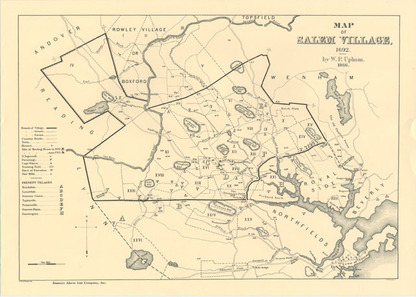The Salem Witch Trials
The Salem Witch Trials are a prime example of use of the death penalty. In Salem, Massachusetts in late 1600s, many people were accused of practicing witchcraft. It all started when Betty Parris and Abigail Williams showed many strange symptoms that could not be explained. One minister said that they "were bitten and pinched by invisible agents; their arms, necks, and backs turned this way and that way, returned back again, so as it was impossible for them to do of themselves, and beyond the power of any Epileptick Fits, or natural Disease to effect." This led Dr. William Griggs to believe that they were bewitched. People asked them who bewitched them and they accused the Parris’ slave Tituba. Sarah Good and Sarah Osborne were also accused. Those who did not confess to witch craft were executed while those who did confess weren’t executed. One of the women executed was Rebecca Nurse. She admitted that she was a sinner, but denied ever signing the devil’s book. Most of the people accused of being a witch were women. 78% of the accused were women. This was due to the fact that the Puritans believed that it would b harder for men to fall to the devil than women. In the end only 19 were hung at Gallows Hill in 1692.

